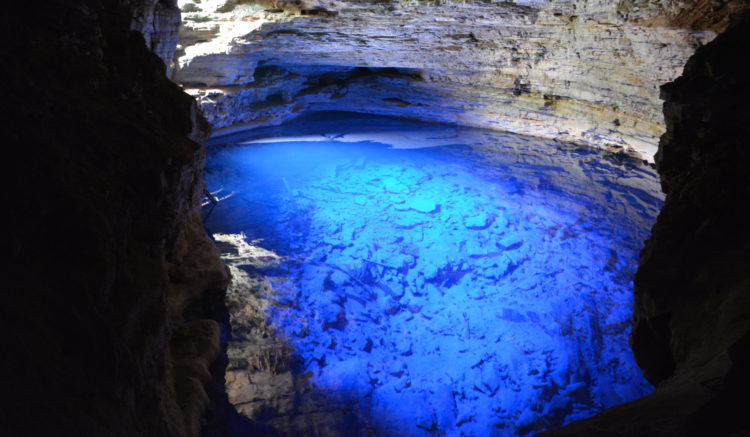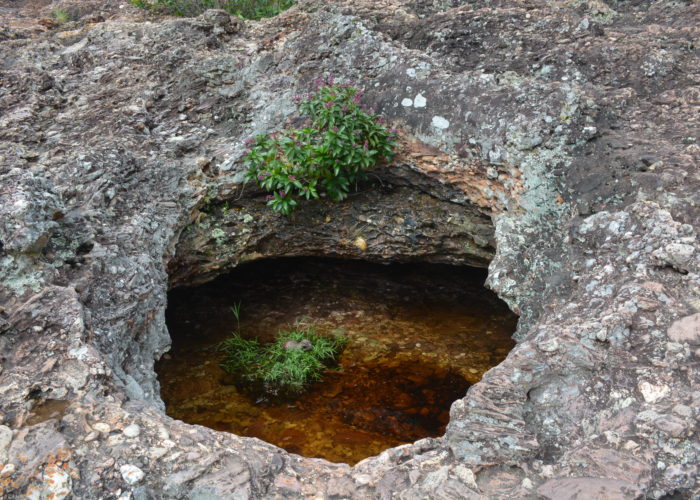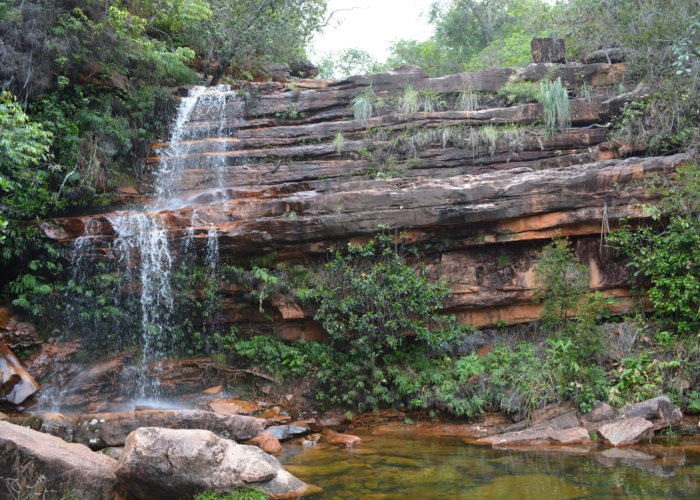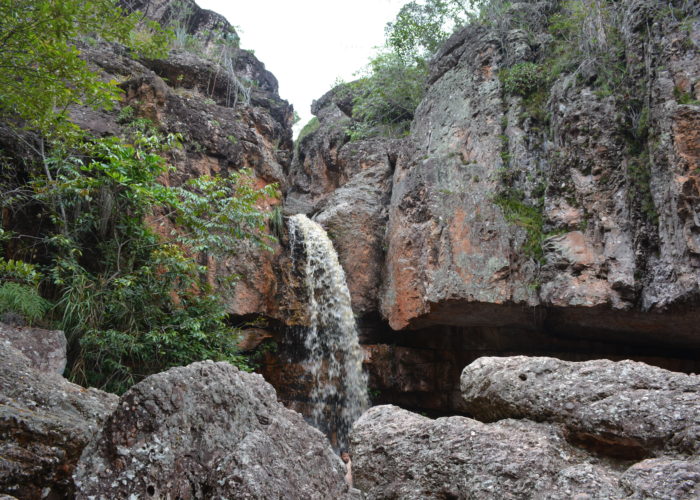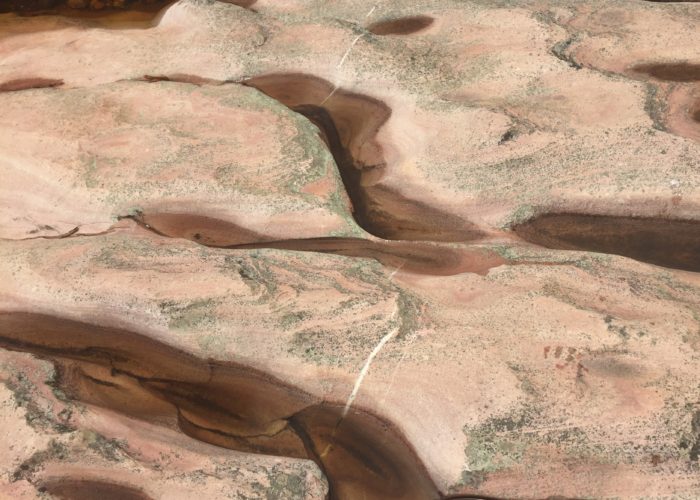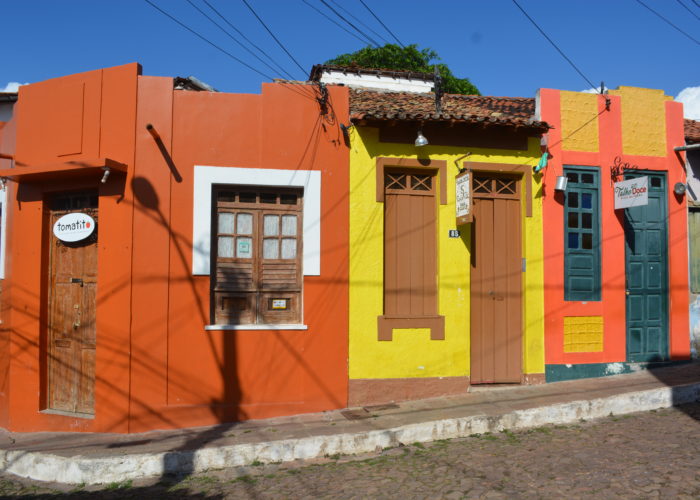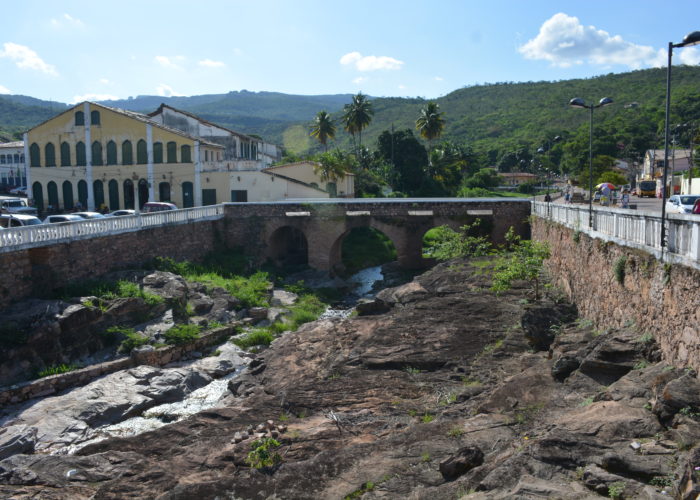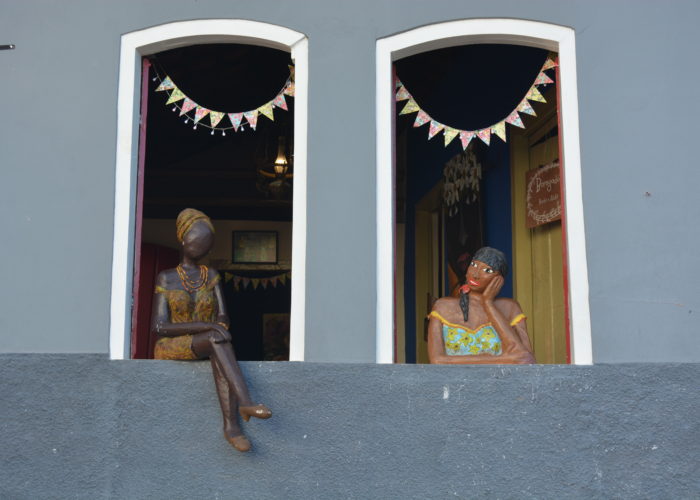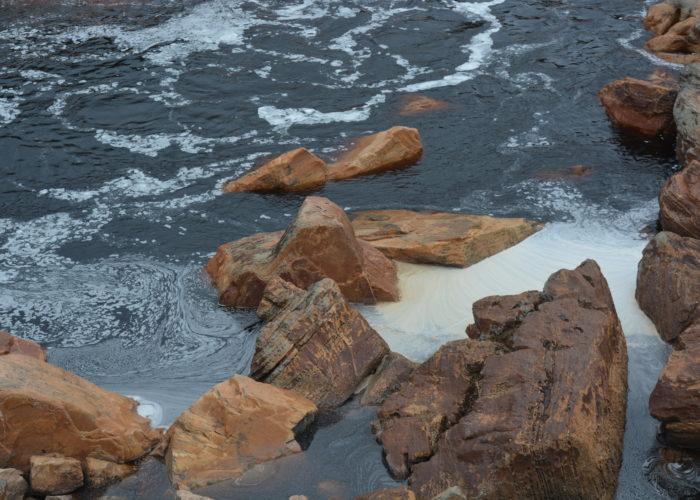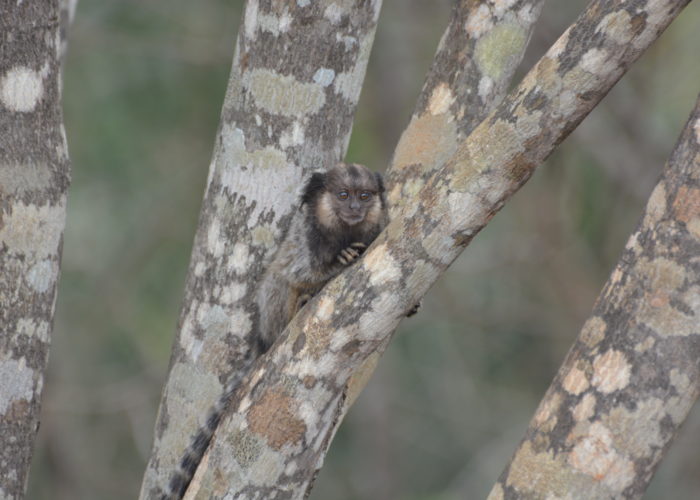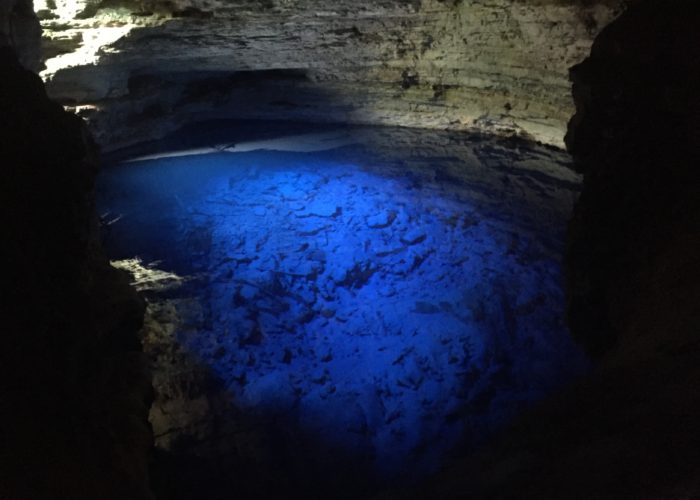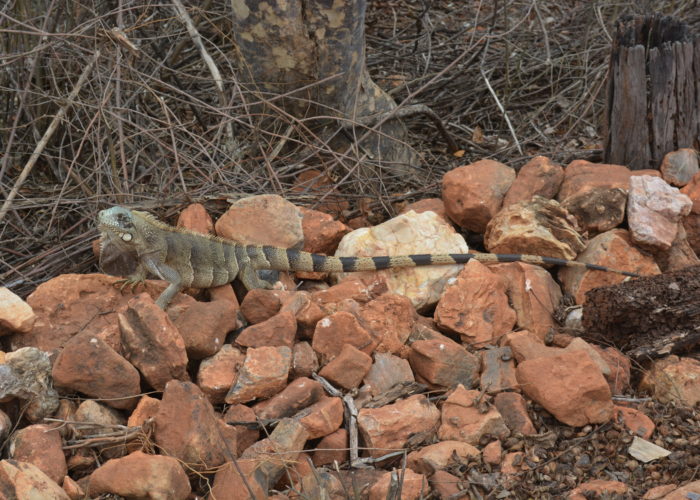Located some 478 km inland from Itacaré, the Parque Nacional da Chapada Diamantina is a vast national park characterised by dramatic rocky landscapes, open plateaus, and waterfalls. The park, created in the 1980s, was established to protect key parts of this unique environment. Its name, “Diamantina,” reflects its historical association with diamond mining. Today, however, Chapada Diamantina is most famous for trekking, rock climbing, and its natural beauty, drawing visitors from all over Brazil and beyond.
Geography & Climate
Chapada Diamantina is semi-arid, with plateaus that rise above the surrounding countryside, offering fantastic vistas of the rocky landscape. It enjoys warm, dry conditions most of the year, though temperatures can dip in the evening, particularly during the winter months. Due to its inland location, the region is somewhat cooler than the coastal areas, making it perfect for outdoor activities. The area is home to underground rivers, cavern systems, and waterfalls, many of which feed the vast valleys and basins below.
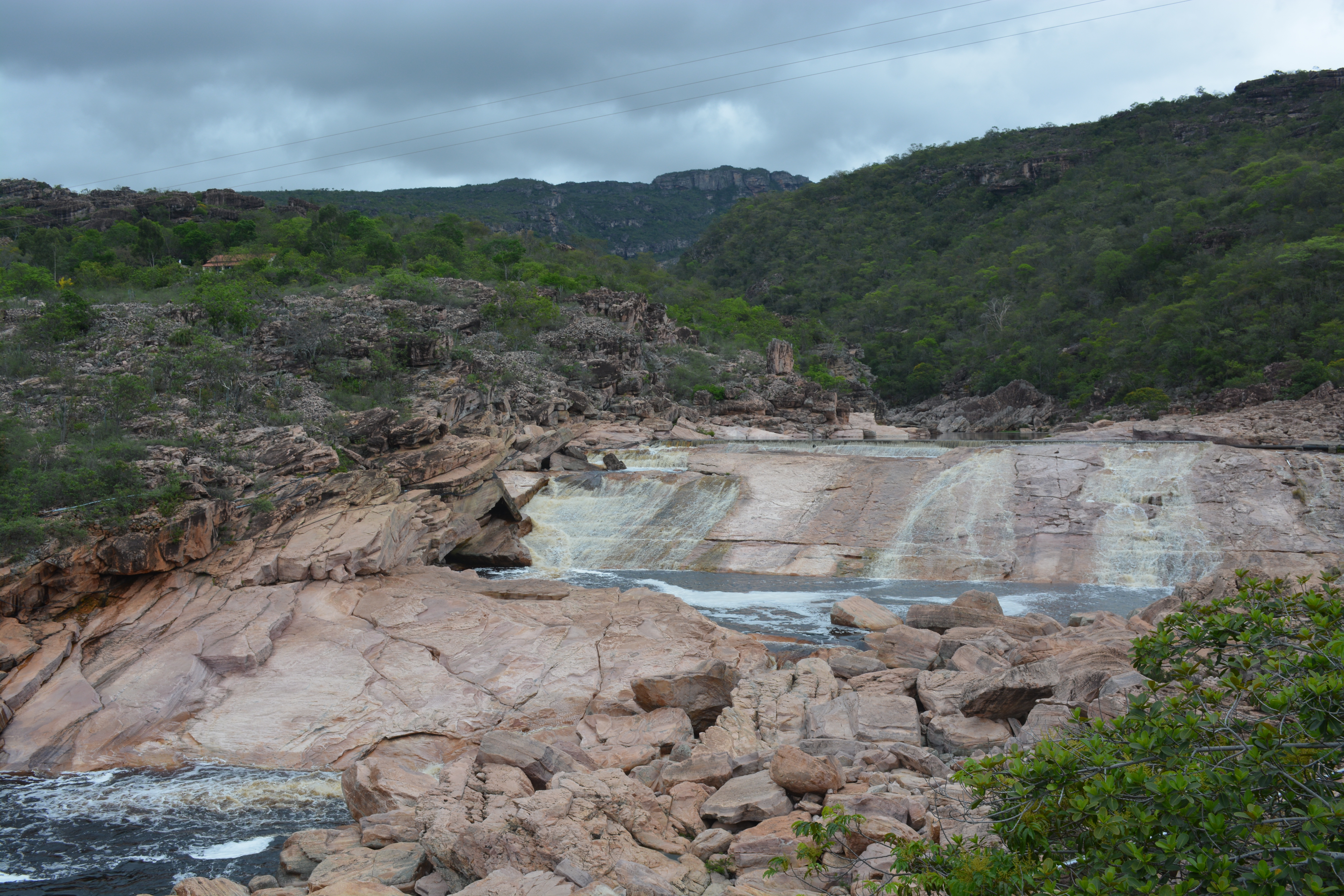
History & Economy
The town of Lençóis sprang to life in the 19th century during the diamond rush, which saw miners flood the region in search of valuable gems. The once-thriving mining industry has since given way to tourism, as Lençóis has evolved into a picturesque colonial town that acts as the gateway to Chapada Diamantina. Today, diamond mining is no longer permitted within the park due to environmental concerns, especially the contamination of water supplies by mercury used in mining processes.

Key Sites
Lençóis itself is a major attraction, with its charming cobbled streets, pastel-coloured colonial buildings, and relaxed vibe. The town’s streets are mostly pedestrianised, especially in the evening, when restaurants spill out into the open air. Rio Serrano, which runs through Lençóis, is a lovely spot for a riverside walk and offers small natural pools for cooling off in the tropical heat.
Posada & Camping Lumiar
We stayed at the charming Posada & Camping Lumiar, a simple but comfortable guesthouse located just outside the main town. The posada is nestled within green surroundings, offering a peaceful retreat after a long day of exploration. The rustic charm and friendly staff made it a perfect base for our hikes and excursions into the national park.
The Poço Azul and Poço Encantado cave complexes are two of the park’s most famous attractions. These stunning underground pools glow a vivid blue as sunlight filters in, creating an otherworldly sight. At Poço Azul, the minerals in the water and surrounding rocks enhance the striking colour of the pool, while at Poço Encantado, you can observe a similar phenomenon with more emerald hues due to the mineral composition.
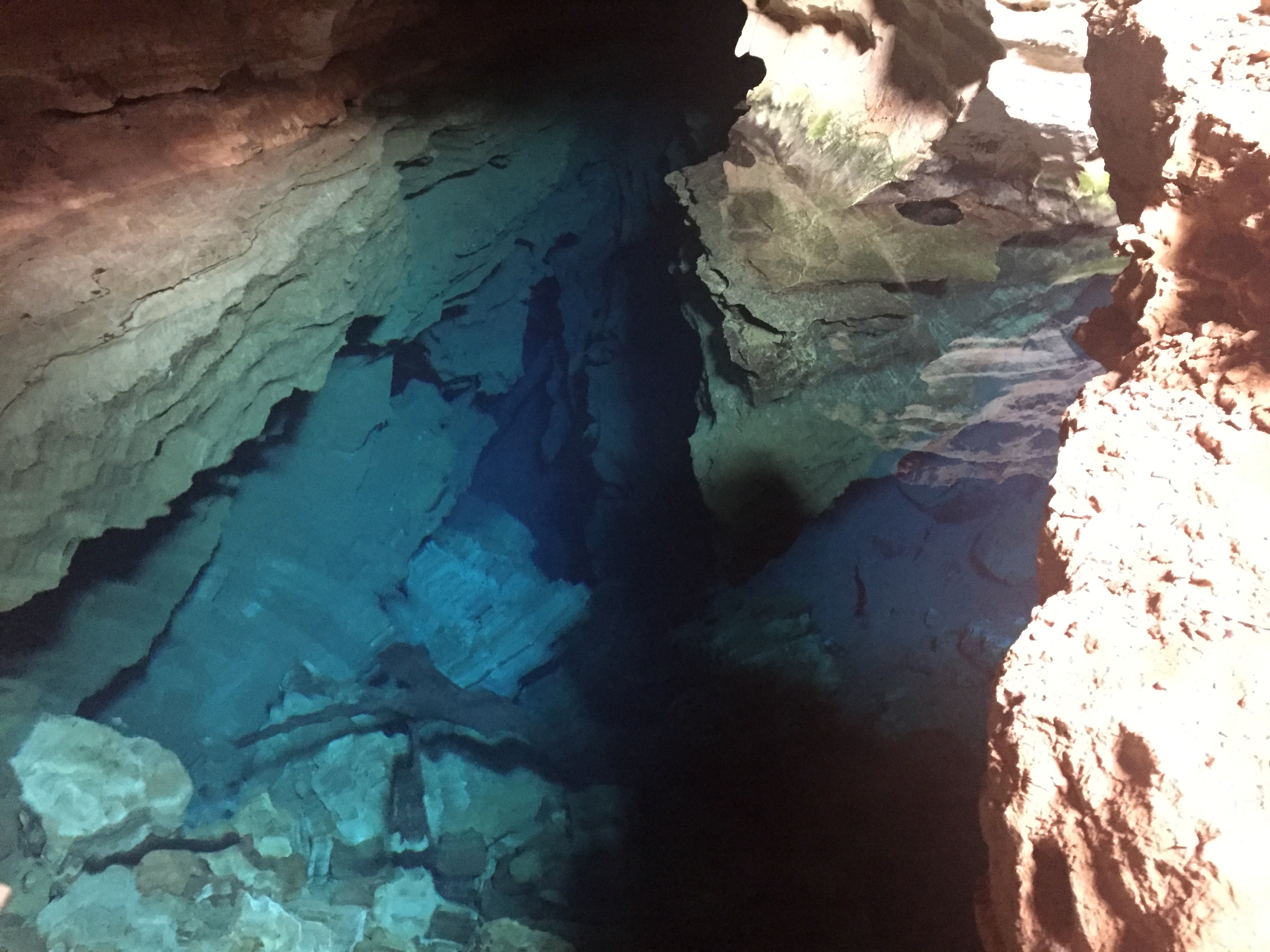
Another highlight of the park is the Toca do Morcego waterfalls, a series of cascades set within the rocky outcrops. These falls offer a refreshing break for hikers and a spectacular view of the region’s rugged terrain.

Environment
The Chapada Diamantina region is an important ecological area, home to diverse plant and animal species. The unique combination of underground rivers, caves, and waterfalls makes it a vital water source for the area, despite the semi-arid climate. The protection of the environment has been a key concern for local authorities, and the park plays a crucial role in preserving both the landscape and the local ecosystems.
Final Thoughts
Our visit to Chapada Diamantina was an unforgettable journey into one of Brazil’s most striking natural landscapes. From the colonial charm of Lençóis to the awe-inspiring caves and waterfalls, this remote part of Brazil left a lasting impression. It was the perfect end to our travels through Bahia, providing a mix of adventure and tranquillity amid the spectacular scenery.
Dates: 12/11/2018 to 15/11/2018 – Dragoman Days 07 to 10
